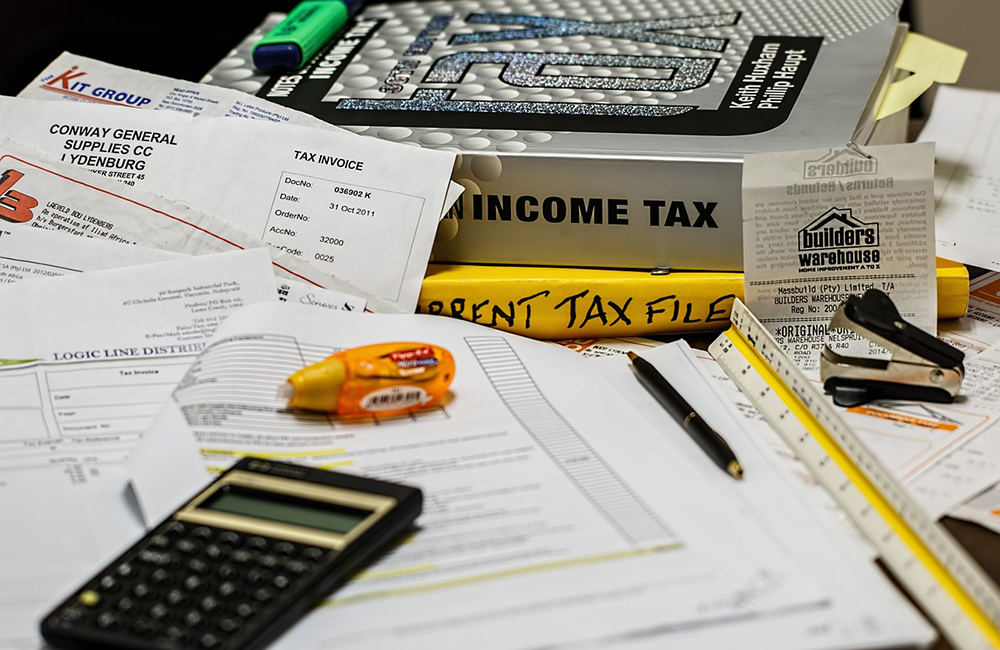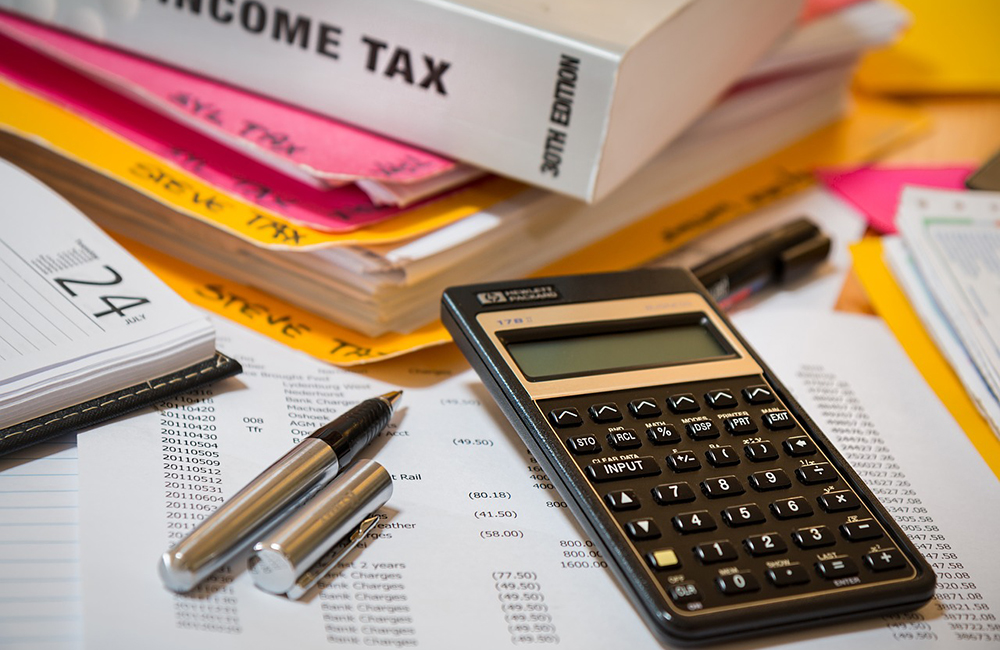Financial red alerts can quickly lead to closure and bankruptcy. The restaurant industry is one where even the slightest red alert going unresolved can lead to disaster. Restaurant profit margins are often very tight, so it can be difficult to overcome some of the financial issues if they persist too long.

A few of the red flags that new and seasoned restaurant owners must be aware of are:
1. Lack of a Proven Accounting System
Restaurant financials require you to have a proven accounting system in place. A lot of owners know how to run a kitchen, but they have no idea how the accounting side of the business operates.
Hiring an accountant to handle all of the systems is a smart choice, but a lot of companies will rely on DIY solutions, such as QuickBooks, for all of their accounting. The problem is that the owner should manage their business based on their books.
An accounting system should:
- Follow industry standards
- Help identify other red flags
There are complete guides on how to use QuickBooks to properly manage a restaurant's finances. And there is enough software and cloud-based solutions available to make the entire accounting system easy to set up.
Owners should work with an accountant and get professional accounting help as needed.
The right accounting system ensures that the owner has a better grasp of the establishment's financials and puts financial controls in order to better manage their business. If a restaurant does not have the right accounting system in place, a lot can go wrong with no means of being able to track key financial issues.
2. No Recent Profit Margin Analysis for Dishes
Item costs on a menu must be updated. When a restaurant hasn't costed items and updated the cost of all food items on their menu, they will have no idea of their true expense percentages.
Restaurant cost percentages are one of the biggest accounting red flags you'll come across.
When you sell a dish, you have to account for all of the ingredients that go into the list. If a pasta dish costs $1.50 to make, you need to sell it at a profit that is sustainable. Ingredient prices rise all of the time, and they also fall.
If prices fall, you make more money on a dish, but when they rise, you need to make sure that the item is sufficiently priced to maintain profit margins. Items should have their costs updated frequently so that you can say our:
- Fettuccini dish has 35% profit margins
- Steak profit margins are 2%, so we better increase the price
Software can help you maintain a complete restaurant operating expenses list.

3. Uncontrolled Operating Expenses
When operating expenses exceed gross sales, it's one of the biggest red flags in financial statement analysis. There are occupancy costs for restaurants and general percentages of cost that owners can follow.
Around 62% to 68% of every dollar goes towards:
- Food / beverage purchases
- Labor expenses
You'll consider these "Prime Costs." These costs can vary, so it's important to keep track of them at all times. But a restaurant also needs to account for:
- Insurance premiums
- Utility costs
- Rent
If the Prime Costs exceed 68%, it is going to be very difficult for an eatery to stay in business. Rent often costs 6% to 7% of all sales. When you have control over all of these costs, it's easier to make key business adjustments to stay in business.
4. Inventory Level Exceed Sales
You need to have an inventory level that is sustainable for your business. You may order too little food and not be able to make certain dishes. But when you have too much inventory, this will lead to excess food waste.
You may also increase portion sizes to get rid of food items ready to spoil, losing money in the process.
And there's an even bigger issue: lower cash flow.
If you're buying too much food, you're causing your cash flow to suffer. The general rule of thumb in a restaurant finance outlook is to keep seven days of inventory in stock. You can keep even less inventory in certain niches, but you don't want to keep more than a week's worth of inventory.
A simple way to do this is to determine how much food is selling every month and divide the number by thirty.
The number will be your single day number of food usage. Let's assume this number is $1,000. You would multiply this number by seven (for the days of the week) and determine how much inventory you should have in stock.
If you have significantly more, reduce this amount. You'll save money and reduce food waste at the same time.
5. Lack of Inventory Accountability
Inventory accountability is a major part of a business' operations. It's difficult to know if your inventory is being stolen or discarded if you don't have a firm control of the inventory. Restaurants should conduct the following at the end of each week:
- Count
- Cost
A lot of establishments will do this on a monthly basis or before stocking up on inventory. You can use this data to:
- Reduce excess spending
- Detect food theft
- Detect food waste

6. No Daily or Weekly Operational Data
Operational data is coming into a business every minute you make a purchase or sale. This data needs to be calculated daily and weekly to understand:
- Sales
- Expenditures
- Labor costs
Reports should also include inventory figures. Daily and weekly reports allow owners to make quick adjustments throughout the week or month to be able to keep the business profitable.
7. Error in the Account System
An accounting system is only as good as the person entering all of the data. Mistakes and errors do occur, and it's important for restaurants to:
- Review financial entries
- Double-check all accounts
A few errors that are common are:
- Improper expense calculations
- Sales tax collections
- Improper gift card recording
- Improper discount accounting
Work with an accountant to put a proper system in place so that your restaurant financial statements are accurate. If the statements are not accurate because of key entry errors, it's difficult to know your exact restaurant income.
8. Liabilities Greater Than Assets
You have liabilities, and you have assets - every business does. When your liabilities exceed your assets, you need to make key business changes.
You divide your assets by liabilities to determine your ratio. The ideal figure will be 1.00 or higher.
Assets include:
- Food inventories
- Beverage inventories
- Cash
- Credit card receipts
- Accounts receivable
Liabilities include:
- Rent
- Short-term loans
- Vendor bills
- Sales tax
While your establishment may be able to run at a lower ratio than 1:1, you'll want to increase profits to increase your ratio. The goal is to become and remain profitable, and it's very difficult to maintain cash flow when the ratio falls below 1:1.

9. Spending Not Based on Cash Flow Statements
Cash flow statements are more reliable than logging into your bank account and seeing how much money is in the account. It's important to be able to rely on your Balance Sheet or cash flow statements.
A good example of this is an owner that logs into their bank account, sees $10,000 in balance, and spends $9,700 on inventory.
The owner may assume that the balance is correct - it's updated in real-time - but what happens if you've written checks that have not been cashed? If this is the case, you may have forgotten about the $1,000 that went to your wine supplier.
In this case, you're $700 overdrawn and may miss out on ordering key items or paying employees.
10. Lack of Financial Statements, or Not Understanding Financial Statements
Do you know how to read restaurant profit and loss statements? How about balance sheets? Owners may know how to cook the best food in the industry, but that doesn't mean that they have a good understanding of how to run their business.
A few of the key items that every owner should be able to read and understand are:
- Balance sheets
- Cash flow statements
- Profit and loss statements
You need to have a firm grasp of your financials if you want to maintain the average restaurant profit margin.
If you don't know how to properly read all of these statements, it's time to work with a professional. Two great options that will help you grow your management skills to match your culinary skills are:
- Consultants
- Accountants
You need to have restaurant profit systems in place, but you need to also be able to interpret all of the data coming in and out of your restaurant. When you can properly read all of your financial statements and understand them, you'll be much better positioned to manage a successful business.


